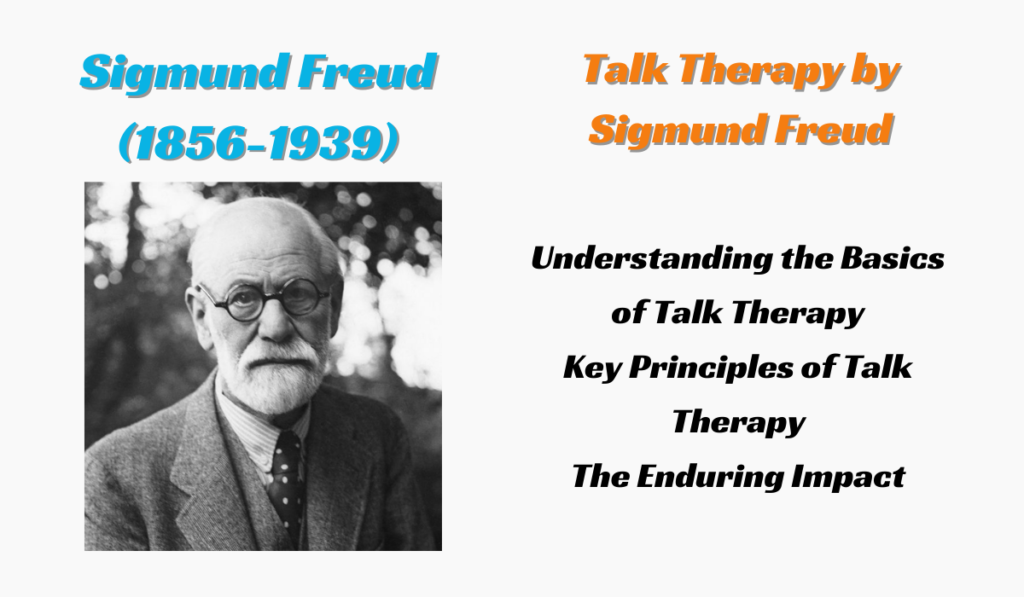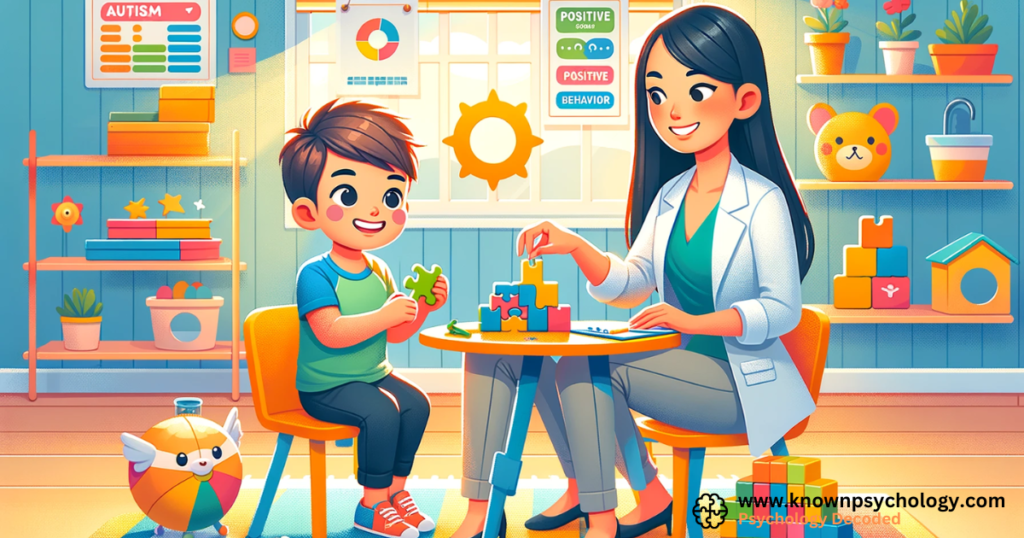
In 2023, studies revealed a staggering truth—over 8[SA1] % of adults in the United States experienced a major depressive episode. That’s nearly 21 million people struggling with emotional pain, persistent sadness, and disconnection from life! These numbers are a call for deeper awareness and more accessible solutions.
It’s no longer enough to just talk about depression. We must actively seek ways to relieve it. Understanding the illness is only part of the journey—finding relief is the true goal. The good news is that modern mental health care offers more treatment options than ever.
This article examines eight forward-thinking, science-backed approaches that help individuals manage and overcome depression. Whether you’re seeking help for yourself or someone close to you, these methods offer hope and direction in the search for real relief.
1. Personalized Care: Matching the Treatment to the Individual
Depression doesn’t always look the same. For one person, it might come with fatigue and brain fog. For another, it’s a numbness that makes daily tasks feel impossible. Because of this, personalized care is becoming the gold standard in mental health. Rather than starting with generic antidepressants and hoping for the best, clinicians are now using more in-depth assessments, including genetic testing and psychological profiling, to find what will likely work best for each individual.
This approach considers everything from medical history to life stressors to how someone metabolizes certain medications. The result is a treatment plan that fits the person, not just the diagnosis.
2. Neuromodulation Therapy: Rewiring the Brain for Relief
For those who don’t respond to medication or therapy alone, neuromodulation therapy has become a game-changer. But what is neuromodulation therapy? It refers to a range of treatments that stimulate specific areas of the brain or nervous system to improve mood and emotional regulation and is most often used for people with treatment-resistant depression. These therapies work by altering the way neurons communicate. It’s like hitting the reset button and rebalancing brain activity related to mood.
Techniques like Transcranial Magnetic Stimulation (TMS) and Electroconvulsive Therapy (ECT) are designed to activate specific areas of the brain involved in mood regulation.
TMS, in particular, is gaining attention for its non-invasive nature and minimal side effects. It involves placing a magnetic coil near the scalp to stimulate nerve cells in the prefrontal cortex. Many patients begin to notice improvements within a few weeks. ECT is a highly effective option for severe cases.
3. Ketamine and Esketamine: Fast-Acting Intervention
One of the most promising recent breakthroughs in depression treatment is the use of ketamine and its derivative, esketamine. These drugs work on the brain’s glutamate system, which plays a key role in mood and cognition. Traditional antidepressants might take weeks to show results. However, ketamine can begin relieving symptoms within hours or days!
Administered under medical supervision—often through IV or nasal spray—these treatments are especially helpful for individuals with suicidal thoughts or treatment-resistant depression. While not a long-term solution by themselves, they can offer critical short-term relief that opens the door to deeper healing through therapy or other supports.
4. Digital Mental Health: Therapy at Your Fingertips
Technology is reshaping how people access mental health care. With the rise of teletherapy platforms, mental health apps, and even AI-driven support tools, help is now more accessible than ever. For individuals who feel overwhelmed by the idea of in-person therapy—or who live in areas with limited providers—digital tools offer a valuable lifeline.
These platforms allow people to connect with licensed therapists from the privacy of their homes. Many also include interactive features like mood tracking, guided journaling, and cognitive behavioral exercises.
5. The Role of Gut Health: The Brain-Gut Connection
The idea that your diet could influence your mood may sound simple, but science is backing it up. The gut and brain are closely connected through what’s known as the gut-brain axis. When gut bacteria are out of balance, it can affect inflammation, hormone levels, and even neurotransmitters like serotonin, which regulates mood.
Improving gut health through a balanced diet rich in fiber, fermented foods, and healthy fats can positively impact mental health. It’s that simple! Some people also explore probiotic supplements and consult nutritionists who specialize in mental wellness.
6. Exercise as Medicine: Moving Toward Recovery
Studies consistently show that physical activity has a powerful antidepressant effect. When we move, our brains release chemicals like endorphins and serotonin, which improve mood and reduce stress. Exercise also promotes better sleep, enhances self-esteem, and gives structure to the day—all things that help lift the weight of depression.
You don’t need to follow a complex fitness plan to feel the benefits. A daily walk, a bike ride, or a 20-minute yoga session can help restore mental balance. While exercise alone isn’t a cure, it’s a valuable part of a broader recovery plan. The hardest part is starting—but once you do, the rewards build up steadily.
7. Mindfulness and Cognitive Techniques: Reshaping Thoughts
Depression often hijacks the mind with negative thinking. It convinces you that you’re not good enough, that things won’t get better, and that hope is out of reach. This is where therapies like Cognitive Behavioral Therapy (CBT) and Mindfulness-Based Cognitive Therapy (MBCT) come in. They teach people how to notice and question their thought patterns—especially the ones that spiral into hopelessness.
CBT helps break the cycle by identifying distorted thoughts and replacing them with more realistic, constructive ones. MBCT builds on this with practices like meditation and breathing exercises, which train the brain to stay grounded in the present. These methods aren’t about ignoring problems; they’re about facing them with clarity and reducing their emotional grip.
8. Peer Support and Community-Based Healing
Depression thrives in silence and isolation. One of the most effective ways to push back is by connecting with others who understand. Peer support groups, whether in person or online, offer a space where people can share openly, listen deeply, and remind each other that they’re not alone.
In these communities, people exchange stories, offer advice, and simply show up for one another. It’s not therapy, but it can be deeply therapeutic. Knowing someone else has walked a similar path and made it through can spark hope. Community-based healing reminds us that connection is a powerful antidote to despair.
Overcoming depression rarely follows a straight line. It’s a process of trial, error, growth, and persistence. The approaches covered here offer a wide range of tools. Some are well-known; others are just emerging. All of them have the same goal: to help people reclaim their sense of self, purpose, and connection.
No single method works for everyone. But with time, guidance, and the right combination of support, relief is possible. Depression may change how you see the world, but it doesn’t define you. There is always a way forward—sometimes through science, sometimes through shared experience, and always through hope.
[SA1]https://usafacts.org/articles/who-experiences-anxiety-and-depression-in-the-us/
Mariam holds an MS in Sociology with a specialization in Medical Sociology and Social Psychology. With a strong academic background and extensive research work in both fields, she brings depth and clarity to complex topics. Her writing explores the intersection of society, health, and the human mind, making academic ideas easy to grasp and relevant to everyday life.


